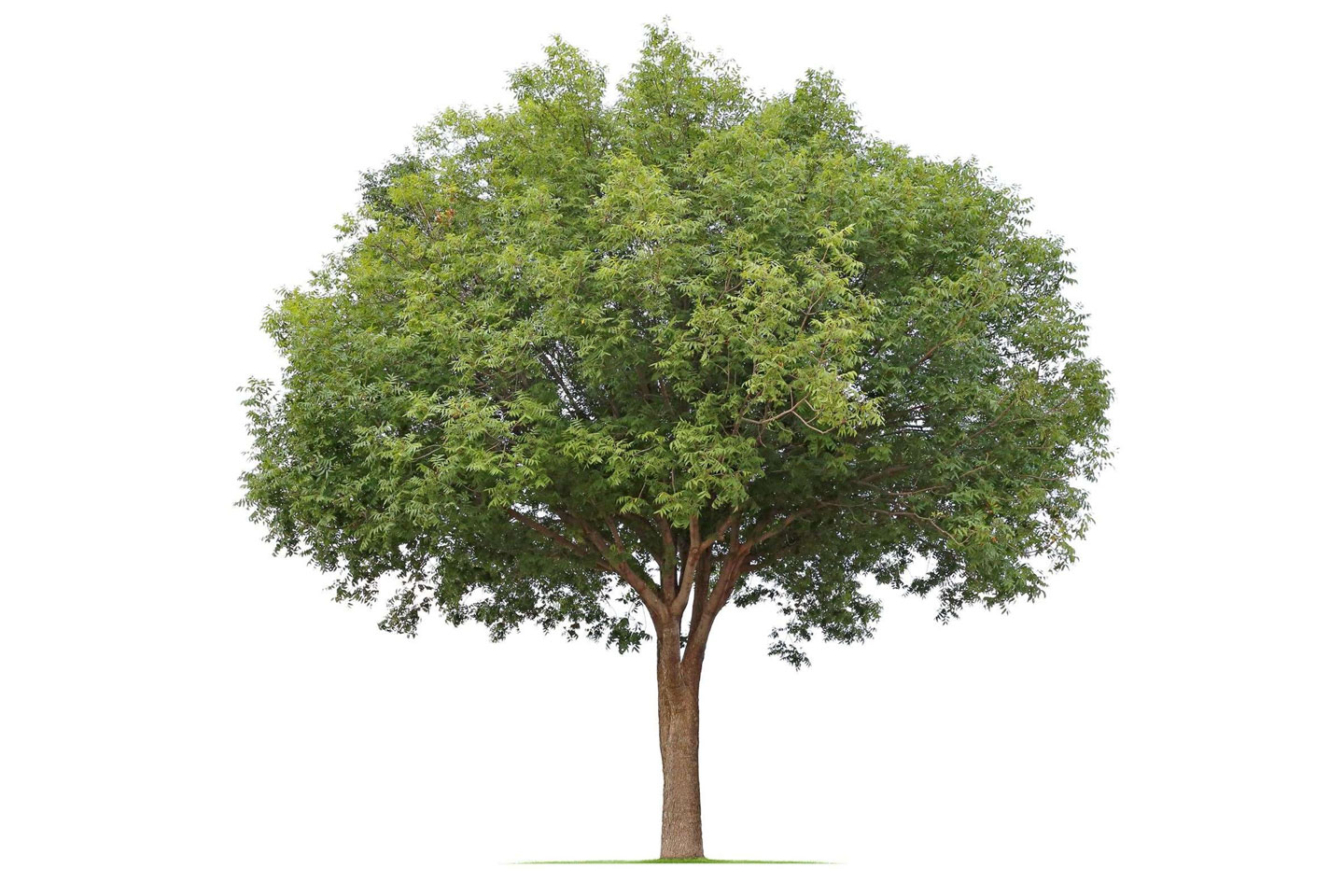According to the U.S. Department of Energy, heating and cooling systems emit over a half billion tons of carbon dioxide into the atmosphere each year, adding to global warming. They also generate about 24% of the nation’s sulfur dioxide, a chief ingredient in acid rain.
Much of the cost of cooling your home can be saved by passive cooling techniques which don’t require expensive retrofits or professional installations. Here are suggestions for free, or low-cost, ways to cool your home with less impact on the environment and your energy bill.
Blocking the heat The most effective ways to block heat from entering your home are insulation, reflective barriers and shading. Insulation: Insulating, caulking and weather stripping are essential to keeping your home warm in cold climates, but they also help keep your home cool in hot weather. Reflective Barriers: An important consideration in passive cooling is house color. Dark-colored home exteriors absorb 70% to 90% of the radiant energy from the sun that strikes the home’s surfaces.
Some of this absorbed energy is transferred into your home by way of conduction, resulting in heat gain. In contrast, lightcolored surfaces effectively reflect most of the heat away from your home Shading: Shading is the simplest, most effective way to cool your home and reduce energy consumption. Landscaping: Trees, vines and shrubs can be used to shade your home and reduce your energy bills.
Trees or shrubs can also be planted to shade air conditioning units, but they should not block the airflow. Drapes and Blinds: Drapes and curtains made of light-colored fabrics reflect much of the sun’s rays and help reduce heat gain. Shade Screens: Exterior shade screens, also called “sun screens” “shade cloths” or “solar shields,” prevent sun from entering a window.
Removing interior heat Thermal Chimney: Open the lowest windows on the side from where the breeze is coming. Leave interior doors open, and open the upstairs windows on the opposite side of the house. The warm air in your house will draw upwards and out the upper window, an effect called ‘thermal siphoning’. This is most effective when the inside temperature is higher than the outside temperature.
Roof Vents: Ventilating your attic greatly reduces the amount of accumulated heat which otherwise radiates down into your house. Ridge Vent: For even more effective attic ventilation, a continuous ventilation system, Coolvent, can be installed along the ridge, beneath the ridge shingles. Coolvent is lightweight and durable, and it eliminates the need for turbines or louvered vents. It’s also designed to keep out bugs and wind-driven rain.
Ceiling Fans: Ceiling fans are efficient and use little electricity, less than 1/10th the wattage of air conditioners. Programmable Thermostats: You can save as much as 10% a year on your heating and cooling bills by turning your thermostat back 10% to 15% for 8 hours per day. You can do this automatically without sacrificing comfort by installing a programmable thermostat.
Source: eartheasy.com












